The winners of the 2011 Elmer Adler Undergraduate Book Collecting Prize were announced at the Friends of the Princeton University Library’s winter dinner on January 29, 2011. The jury awarded first and second prize as well as two honorable mentions.
The $2,000 first prize went to Lindsey Breuer, Class of 2011, for her essay “If Only I Could Apparate, My Harry Potter Collection Would Truly Appreciate.” Lindsey impressed the jury with her focused collection of foreign-language editions of Harry Potter and the Philosopher’s Stone, the first volume of the Harry Potter series. Buying a copy every time she visits a new country, Lindsey has acquired the British, French, Italian, and Greek editions as well as editions from Australia, Japan, Spain, Morocco, and an Arabic version found in Egypt, among others. What makes her collection special is, in Lindsey’s words, that “I can’t just purchase Sorcerer’s Stone in Russian on Amazon; I need to travel there and find it myself in a Russian bookstore. Collecting is all about the experience and the memories that I make in the process of adding to my vast hoard.”
The $1,500 second-place prize went to Connor Martin ‘2013, for his essay “The Bookshelf as Biography: On the Lives of Others.” In his essay, Connor explains how his collection of biographies is at the same time a physical manifestation of his own biography: “The books that I have accrued serve as a kind of map that charts the winding intellectual and physical paths I have trodden—a tactile biography which technology…can never hope to match.” In precise language, Connor walks the reader through his acquisitions, from the first edition of Julian Barnes’s Nothing to be Frightened Of to his battered copy of Robert Graves’s Goodbye to All That, which appears, as he writes, “nobler for [its] dilapidation” because its back cover “remained in West Africa.” Connor concludes: “Just as Barnes said, memory is identity: The bibliophile’s gift is thus the ability to stand before his collection and recognize himself.”
Honorable mention and $500 went to Brendan Carroll ‘2011, for his essay “Tracing Shadows.” Brendan’s essay on his collection of theological texts stood out through its scholarly approach and attention to the book as an object of art. Brendan’s collection spans, in his words, “fact and fiction, scripture and science, in a multidisciplinary attempt to find ‘that shadow which turns the corner always a pace or two ahead of us.’” Brendan’s essay interweaves the history of how he came by his most important books with a broad history of religious thought, recognizing that, “as Dante knew, it takes art—in particular, story-telling—to motivate belief.”
Honorable mention and $500 was also awarded to Thomas Lowenthal, ‘2011, for his essay “The End of the World (as We Know It).” Thomas captured the jury with an innovative collection topic centered on rediscovering, in his words, “the skills of our past.” Arguing provocatively that the world is headed for a “zombie apocalypse,” Thomas presents his collection of wilderness guides and zombie combat manuals as the essential survival kit that will guarantee the continued existence of the human species. He concludes his essay by saying “when zombies knock down my door tomorrow, I know what knowledge is going in my bag.” Thomas could not attend the ceremony.
Each of the winners also received a certificate from the Dean of the College and a new book, chosen to complement his or her collection, from Princeton University Press. Thanks to Peter J. Dougherty, Director of the Press for his continuing support of this competition. Breuer’s first prize essay will represent Princeton in the National Collegiate Book Collecting Competition, which is sponsored by the Antiquarian Booksellers’ Association of America.
My sincere thanks to this year’s judges for their congenial service: to Friends of the Princeton University Library Richard Levine, Louise Marshall, and Terry Seymour; to John Logan, Literature Bibliographer; and to Stephen Ferguson, Assistant University Librarian for Rare Books and Special Collections and Curator of Rare Books. My special thanks also to Paul Needham, Scheide Librarian, for hosting this year’s information session, and to the outgoing chair of the Adler Prize Committee, Julie Mellby, Curator of Graphic Arts, for her many years of coordinating the Prize.
Congratulations to all our winners.
Regine Heberlein
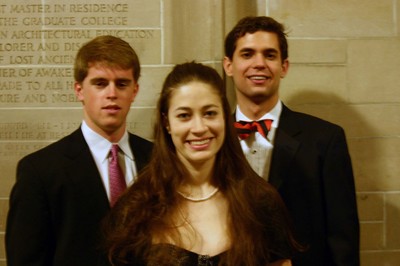
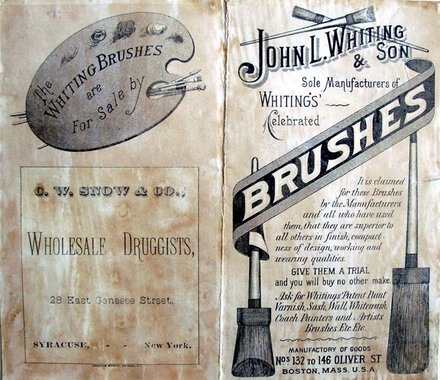
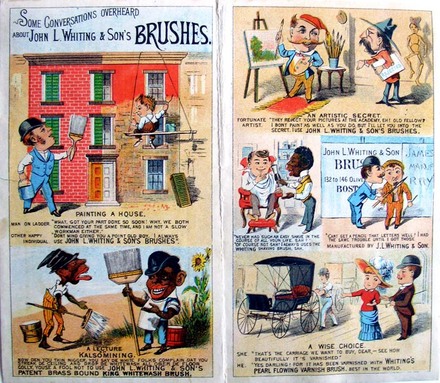
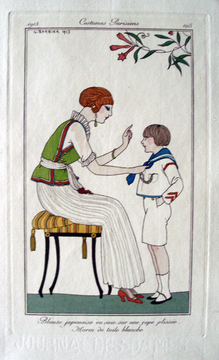
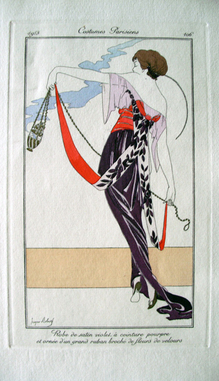
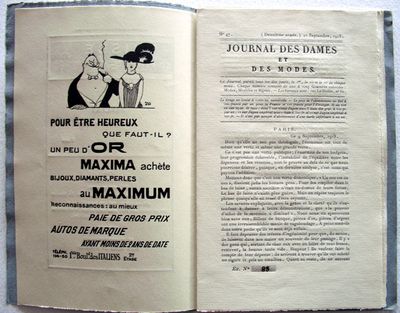
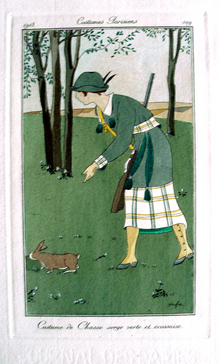
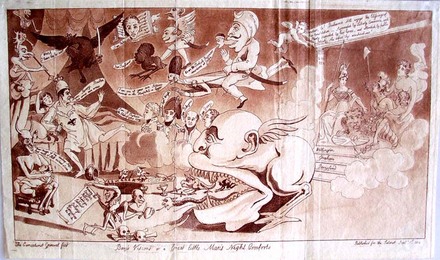
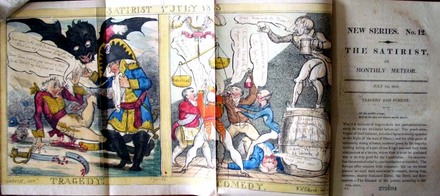
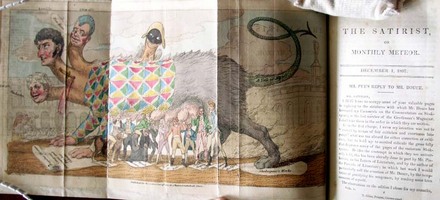
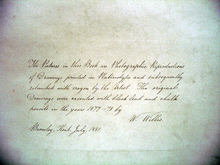
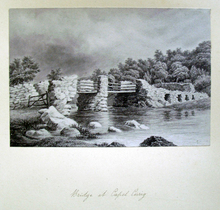
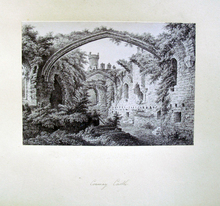
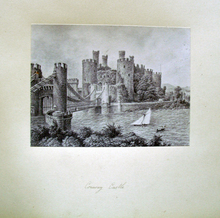
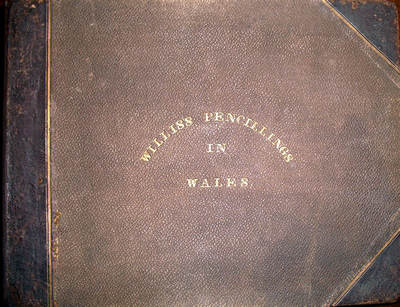
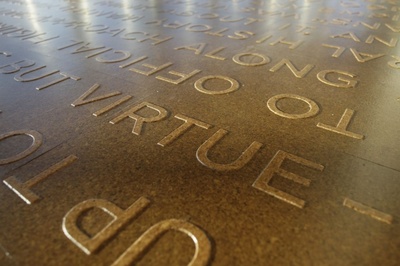

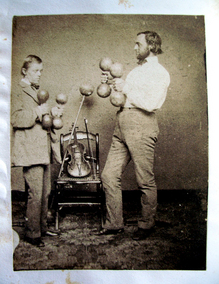
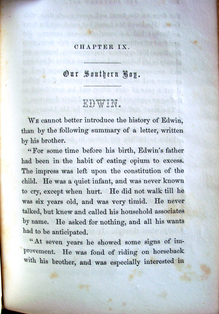
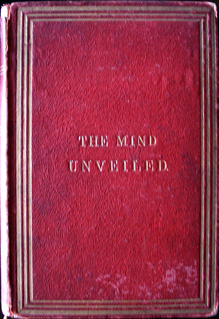
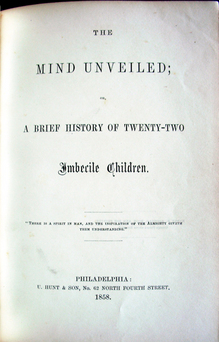
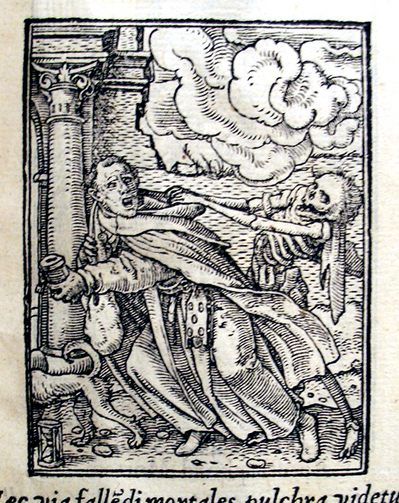
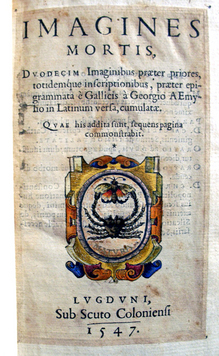
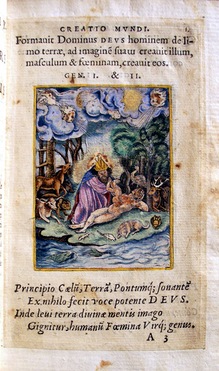
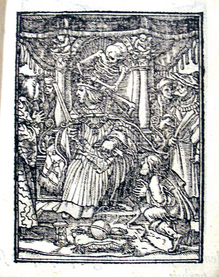
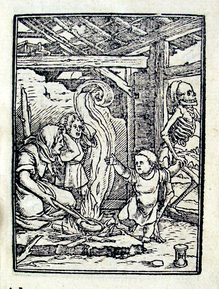
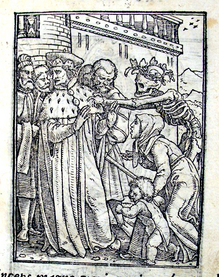
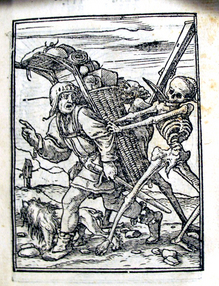
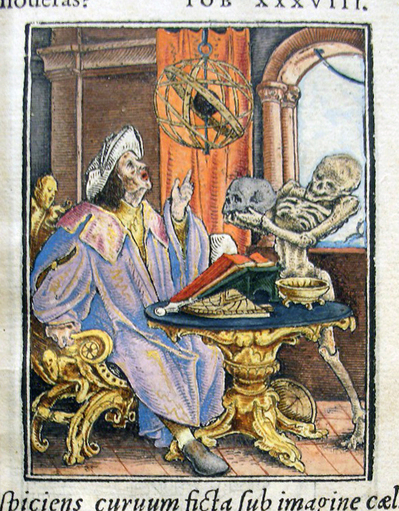
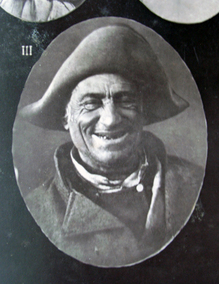
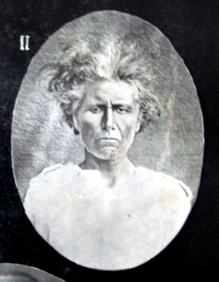
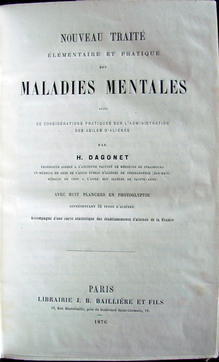
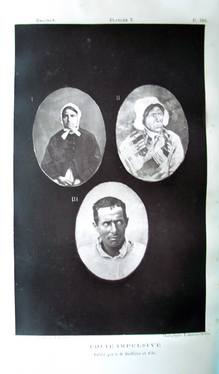
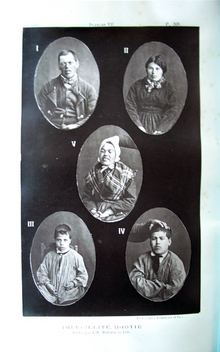
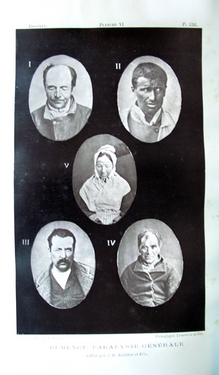
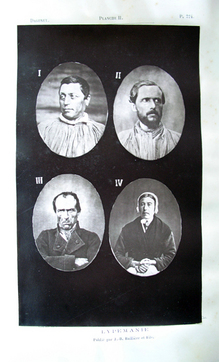
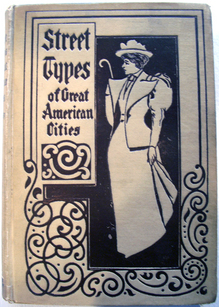
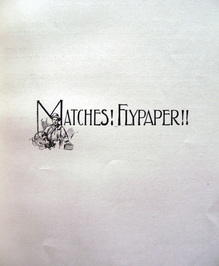
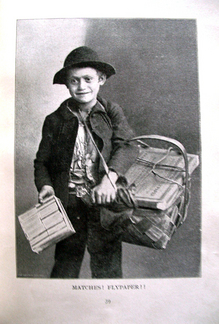
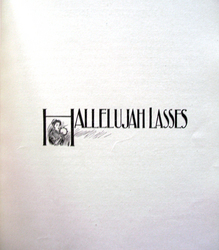
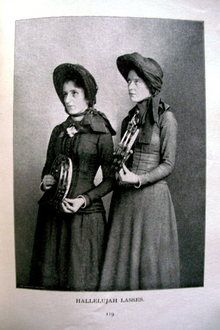
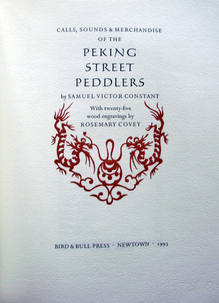
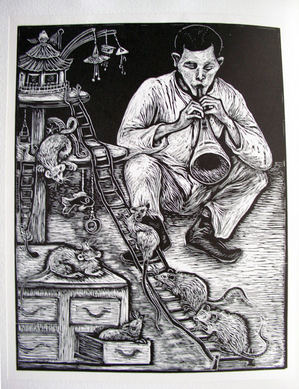
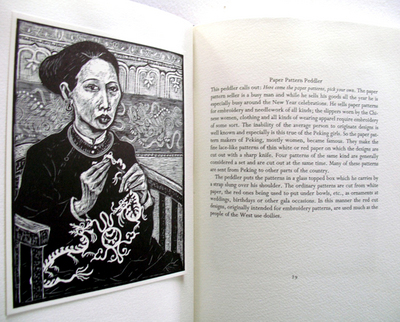

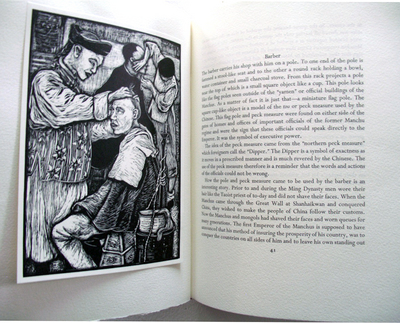

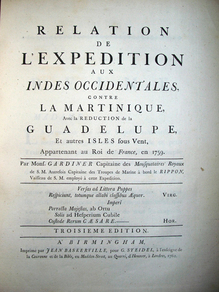
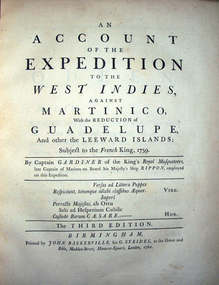
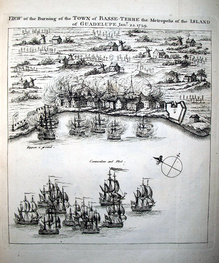
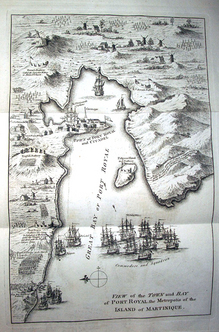
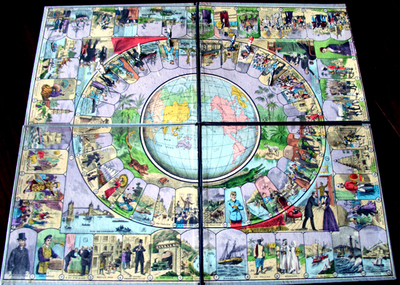
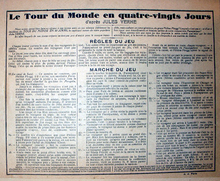
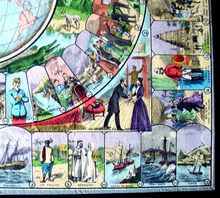
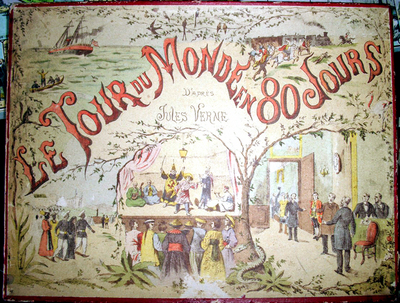
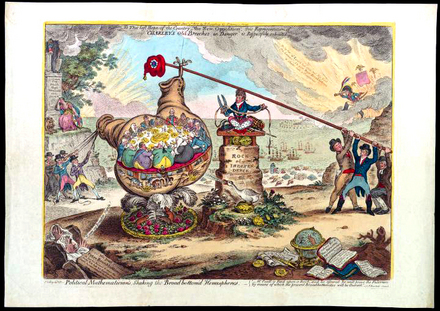
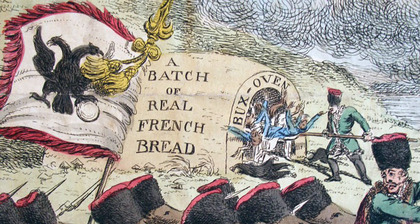
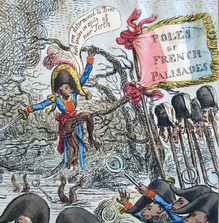
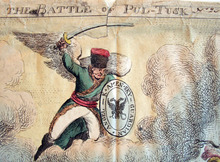
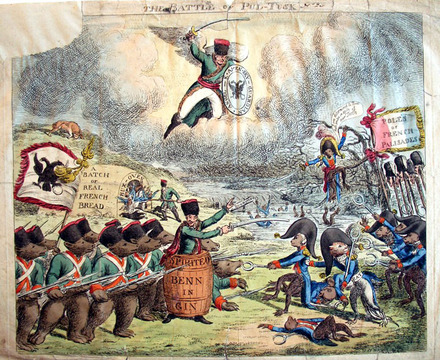
Recent Comments